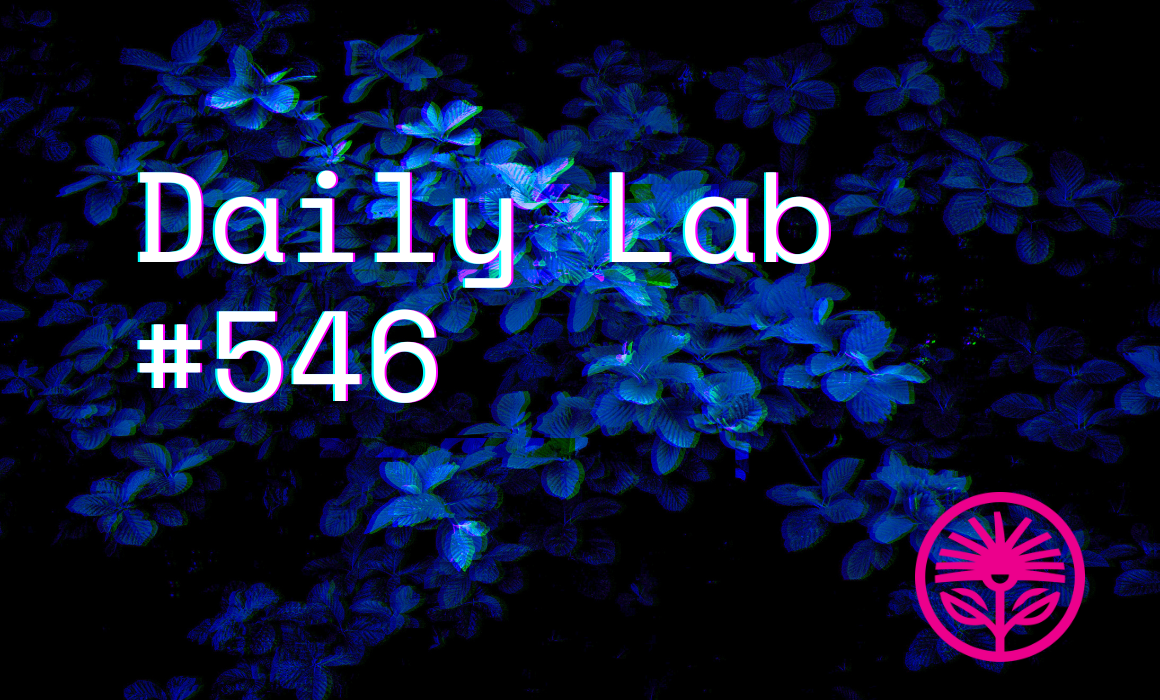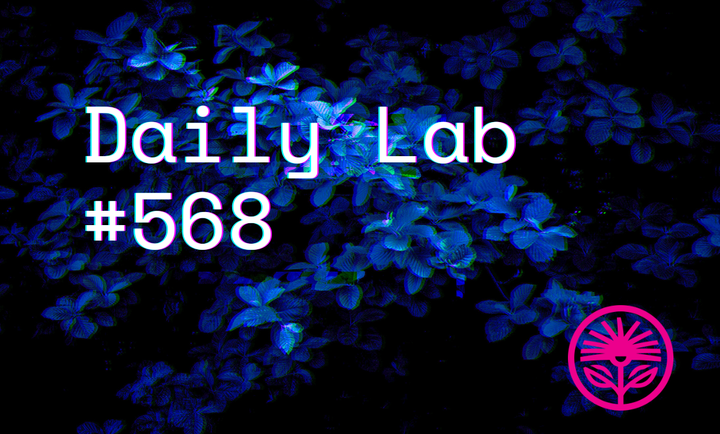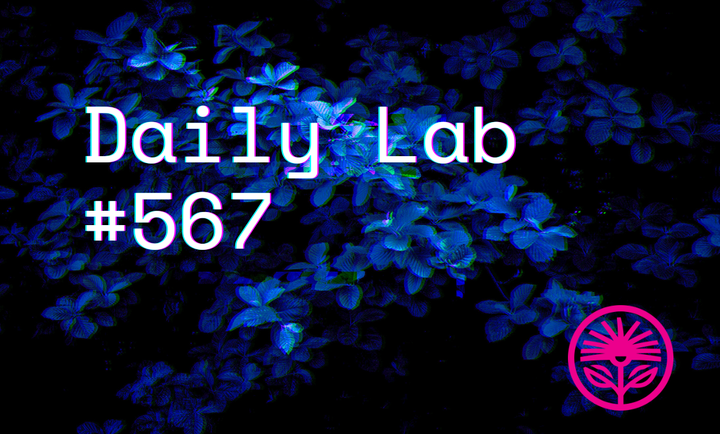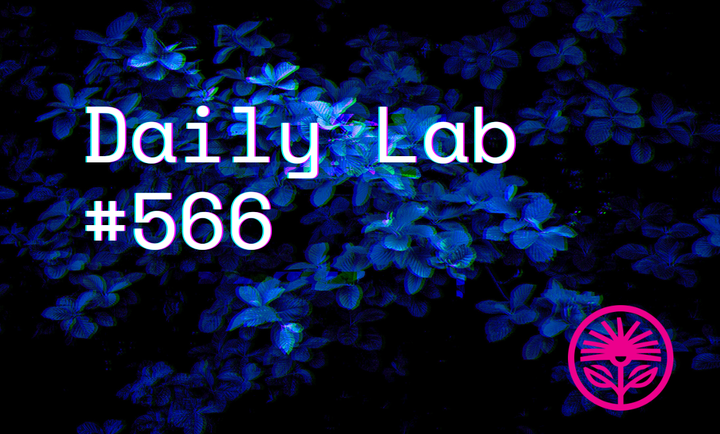The scariest part of marketing — Kelford Labs Daily
Is not knowing if it will work.

Embracing ‘I’m not sure’ is difficult. We are trained in school that saying ‘I don’t know’ is a bad thing. Not knowing in school is considered a failure of learning. Write “I don't know” as an answer on a test and your answer will be marked wrong.
— Annie Duke, Thinking in Bets
We’re taught from a young age that “I don’t know” is the same as being wrong.
And because of this stigma against uncertainty, the scariest part of marketing is usually the moment right before we put something out into the market.
We believe we should know ahead of time whether something will work, as if we can predict the future. As if we have the power to predict the behaviour of other people.
And because we don’t, we get that sick feeling in our stomach. That hesitation that causes procrastination. That fear that maybe we’re about to do something we shouldn’t.
But believing we should always know the future is so much worse than being uncertain about it.
Because we can’t predict the future, we can only prepare for it.
Which means, in the real world in which we operate, and in which we do our marketing, “I don’t know” is a form of being right.
It’s an honest assessment of our knowledge and reach of our predictive abilities.
But it’s also incomplete.
We need more than “I don’t know.” We also need, “But here’s how we’ll find out.”
So we first need to make sure the marketing we’re about to do can work, even if we’re not 100% certain it will.
And we need to be flexible and able to make changes as we see results come in (or don’t).
Because when we think about our marketing this way, as an experiment to guide us instead of as a test which we’ll either pass or fail, we’ll come to embrace and even savour this uncertainty.
That feeling in our stomach changes from fear to excitement, because we’re about to find out something new.
In scary movies, the thing the characters are afraid of usually isn’t the thing itself. It‘s the uncertainty of what the thing even is.
So, often, all we need to do is turn the light on, test out our theories, and pay attention to the result.
And suddenly the thing we were afraid of turns out to be nothing scary at all.
Reply to this email to tell me what you think, or ask any questions!
Kelford Inc. shows communicators the way to always knowing what to say.



